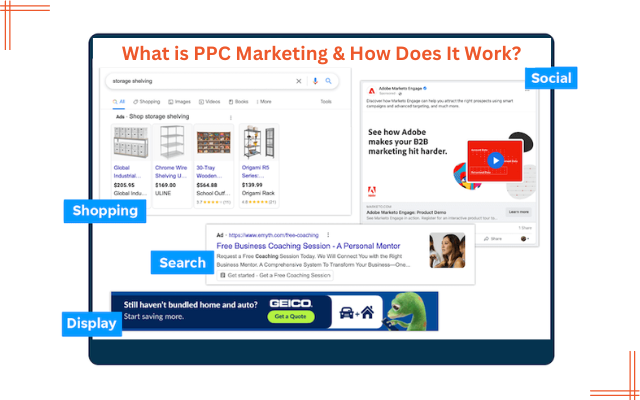What Is CPC (Cost-Per-Click)?
CPC is a performance-based model where advertisers pay only when someone clicks on their ad. This means you’re not paying for views or impressions—only for actual engagement.
🔹 Best for: Driving traffic to your website
🔹 How it works: You set a maximum bid for each click
🔹 Example: If your CPC is $1 and you get 500 clicks, you pay $500
What Is CPM (Cost-Per-Thousand Impressions)?
CPM is a visibility-based model, where you pay for every 1,000 times your ad is shown, whether users click or not. This model is ideal for brand awareness rather than direct conversions.
If you’re running PPC (Pay-Per-Click) ads, you’ve likely seen the terms CPC (Cost-Per-Click) and CPM (Cost-Per-Thousand Impressions). These two pricing models are essential in digital advertising, but they serve different purposes. Choosing the right one can make or break your ad campaign’s success. Let’s break it down!
🔹 Best for: Increasing brand visibility
🔹 How it works: You pay a fixed amount per 1,000 ad impressions
🔹 Example: If your CPM is $5, and your ad is shown 10,000 times, you pay $50
CPC vs. CPM: Which One Should You Use?
Choosing between CPC and CPM depends on your campaign goal:
✔ Use CPC if your goal is to get clicks, leads, or conversions
✔ Use CPM if you want to increase brand awareness and visibility
💡 Pro Tip: If you’re running Google Ads, CPC is often better for search ads, while CPM works well for display and video ads.

How to Optimize Your PPC Campaign for Better Results
🚀 Choose the right keywords – Use relevant keywords to improve ad targeting
🚀 A/B Test Your Ads – Experiment with different ad copies, images, and CTAs
🚀 Monitor & Adjust – Track ad performance and adjust bids to improve ROI
🚀 Optimize Landing Pages – Ensure pages load fast and match ad intent
Final Thoughts
Both CPC and CPM have their advantages. If you want engagement and conversions, go for CPC. If you want visibility and awareness, choose CPM. Understanding these models will help you maximize your PPC budget and achieve better marketing results.
Need Expert PPC Management?
At Social Media Max, we create high-converting PPC campaigns tailored to your business goals. Call 0161 399 3517 or email Syed_66@hotmail.com to get started today!

